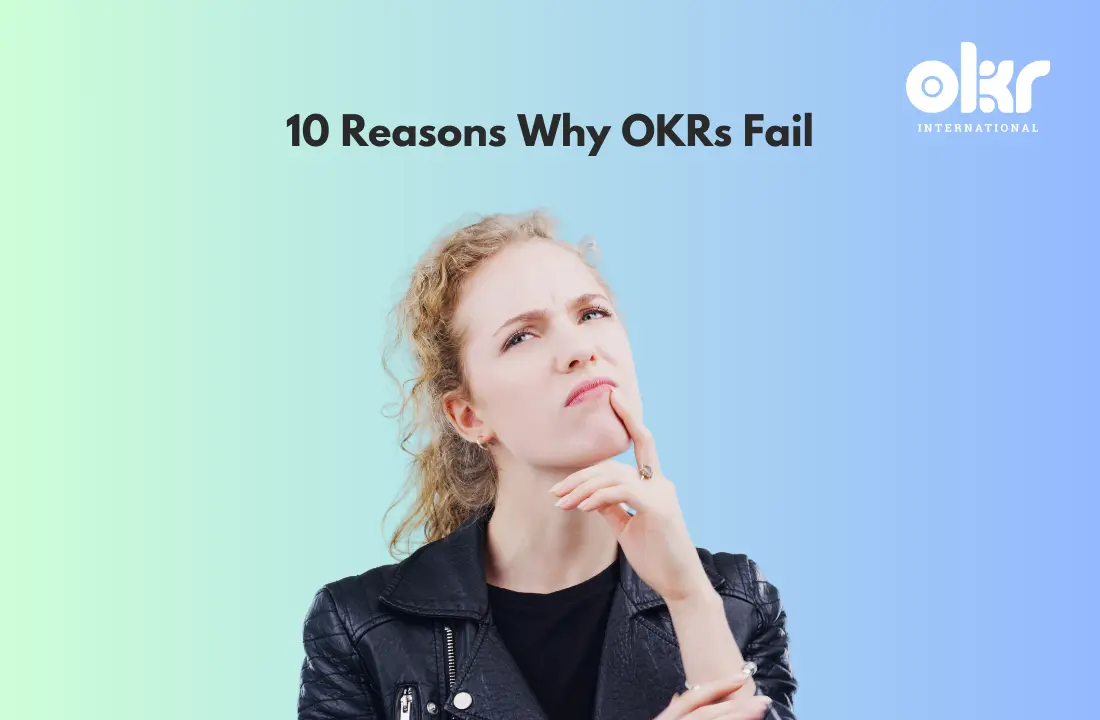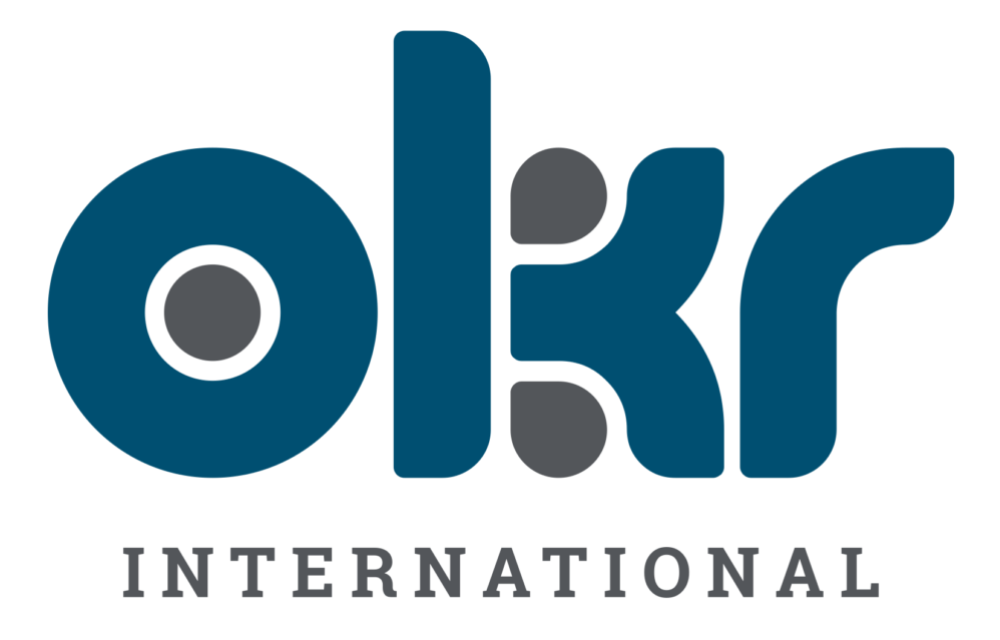10 Reasons Why OKRs Fail
Setting OKRs (Objectives and Key Results) is exciting, but without the right approach, it can feel like navigating a new city without a map—thrilling yet easy to get lost. While OKRs hold the power to transform organizations, poorly executed OKRs can lead to frustration and missed opportunities. Here, we explore
10 reasons why OKRs fail and share insights on how to avoid these pitfalls to unlock the full potential of this powerful framework.
1. The Sandcastle Syndrome
OKRs without a strong foundation crumble, just like a sandcastle washed away by the tide. This happens when teams rush into setting OKRs without aligning systems, culture, or priorities. The Sandcastle Syndrome is one of the most important of the 10 reasons why OKRs fail.
Avoid It: Focus on building a solid foundation by aligning organizational goals, fostering a supportive culture, and ensuring every team understands the “why” behind the OKRs.
Example: A fast-growing e-commerce startup wanted to scale its operations rapidly. It set aggressive OKRs to double revenue within a quarter. However, they lacked the systems and processes to handle increased orders. The result? Missed delivery deadlines, customer dissatisfaction, and employee burnout.
Key Takeaway: Before diving into ambitious OKRs, lay the groundwork. Align systems, invest in infrastructure, and ensure cultural readiness. A strong foundation ensures your objectives won’t crumble under pressure.
2. The Setting and Forgetting Trap
OKRs aren’t a one-time task; they require consistent attention. Ignoring check-ins derails even the best plans.
Avoid It: Treat OKRs as a journey. Conduct regular check-ins—ideally weekly—to track progress, address challenges, and adapt to changing priorities.
Example: A large retail chain set quarterly OKRs to improve customer satisfaction by rolling out a loyalty program. However, they didn’t conduct weekly check-ins to track the initiative’s progress. By the end of the quarter, the program had only been partially implemented, with no measurable improvement in customer satisfaction.
Key Takeaway: OKRs need regular check-ins to stay on track. Weekly reviews help identify roadblocks and ensure alignment with evolving priorities, turning OKRs into a living, breathing framework.
3. The “More is Less” Fallacy
Overloading OKRs with too many objectives leads to scattered focus and diluted impact.
Avoid It: Focus on quality over quantity. Limit objectives to 3-5 with 2-3 key results for each. This ensures laser-focused execution and maximized results.
Example: A global consultancy firm overloaded its teams with over 10 objectives each quarter. Teams were stretched too thin, leading to mediocre execution across the board. Employees were frustrated, and clients noticed a drop in service quality.
Key Takeaway: Quality over quantity is the mantra. Limit OKRs to 3–5 objectives and 2–3 key results per objective. A focused approach delivers better results and prevents burnout.
4. Confusing KPIs with OKRs
KPIs measure ongoing performance, while OKRs drive future performance. Misusing them leads to confusion.
Avoid It: Use KPIs as rearview mirrors to track progress and OKRs as compasses to define and achieve strategic goals. They are complementary, not interchangeable.
Example: A SaaS company equated its revenue growth KPI with an OKR, setting “Achieve $10M in revenue” as their objective. The team struggled to identify actionable key results, as KPIs only tracked performance instead of driving it.
Key Takeaway: Think of KPIs as the rearview mirror and OKRs as the steering wheel. While KPIs measure ongoing performance, OKRs should define strategic goals and the actions to achieve them.
5. Cadence Counts
OKRs are not a one-size-fits-all framework. Quarterly cycles may work for some but not all organizations.
Avoid It: Determine the cadence that suits your business. Startups may need monthly cycles, while larger organizations might benefit from quarterly or half-yearly rhythms.
Example: A fintech startup attempted to follow a quarterly OKR cadence like its larger counterparts. However, in a fast-paced industry with evolving customer needs, their goals became irrelevant midway through the quarter.
Key Takeaway: Tailor your cadence to your organization’s needs. Startups might benefit from monthly OKRs, while established companies may prefer quarterly or half-yearly cycles.
6. Ignoring the “Stretch” in Stretch Goals
Goals that are too easy or too unrealistic demotivate teams.
Avoid It: Create stretch goals that challenge teams without being impossible. These inspire innovation and foster growth, driving teams to exceed expectations.
Example: A media company played it safe by setting objectives like “Publish five blog posts this month,” which was already part of their routine tasks. On the other hand, a competitor set a stretch goal to create a viral campaign that generated 10,000 new subscribers in a month. The competitor’s boldness paid off.
Key Takeaway: Stretch goals push teams to innovate and excel. They should be ambitious yet achievable with effort. Avoid setting goals that are too easy or unrealistically hard.
7. Using OKRs as Performance Evaluation
When OKRs are tied to compensation or performance reviews, teams prioritize safety over ambition.
Avoid It: Decouple OKRs from performance evaluations. Focus on using OKRs as a tool for goal-setting, alignment, and growth rather than individual judgment.
Example: A tech company tied its OKRs directly to employee performance reviews and bonuses. Employees began setting less ambitious goals to ensure they met targets. Innovation took a backseat, and team morale dipped.
Key Takeaway: OKRs are for growth, not judgment. Decouple them from performance evaluations to encourage risk-taking and creativity.
8. Data Deficiency
Without measurable data, OKRs are just abstract tasks.
Avoid It: Set quantifiable key results and ensure data is:
- Accessible to relevant stakeholders
- Up-to-date and easy to retrieve
- Transparent across the organization
Example: A health-tech startup set the objective “Improve user engagement” but lacked the data infrastructure to track key results like daily active users or time spent on the platform. Without measurable data, they couldn’t determine whether their efforts were working.
Key Takeaway: Ensure key results are measurable and backed by accessible, up-to-date data. As Peter Drucker said, “If you can’t measure it, you can’t manage it.”
9. Cascading Isn’t Enough
Blindly cascading OKRs down the hierarchy leads to misalignment and silos.
Avoid It: Involve teams in the OKR-setting process through workshops and collaborative discussions. This creates alignment, ownership, and a shared commitment to organizational goals.
Example: A manufacturing company cascaded objectives from the leadership to individual teams without involving them in the process. Departments created siloed OKRs that didn’t align, leading to conflicting priorities and wasted resources.
Key Takeaway: Collaboration is key. Involve teams in OKR-setting workshops to ensure alignment, foster ownership, and promote cross-functional harmony.
10. Not Seeking External Help
Sometimes, internal teams lack the expertise or objectivity to implement OKRs effectively. This is one of the most robust findings in our annual
OKRs SOIR where not seeking external help is one of the 10 reasons why OKRs fail.
Avoid It: Consider external guidance. Experts like OKR International can tailor the framework to your unique needs, avoiding pitfalls and accelerating success.
Example: A logistics company struggled with OKR adoption, relying solely on internal resources. After bringing in OKR International for guidance, they developed a tailored approach that aligned with their unique needs, leading to a 30% increase in operational efficiency.
Key Takeaway: Don’t hesitate to seek external expertise. OKR consultants can bring fresh perspectives, accelerate adoption, and tailor the framework to your organization.
Conclusion
OKRs have the potential to transform organizations, but they require thoughtful implementation. By addressing these common pitfalls, you can set your teams on the path to achieving ambitious goals with clarity and purpose. If you’re ready to overcome these challenges and drive measurable success,
connect with OKR International today.



